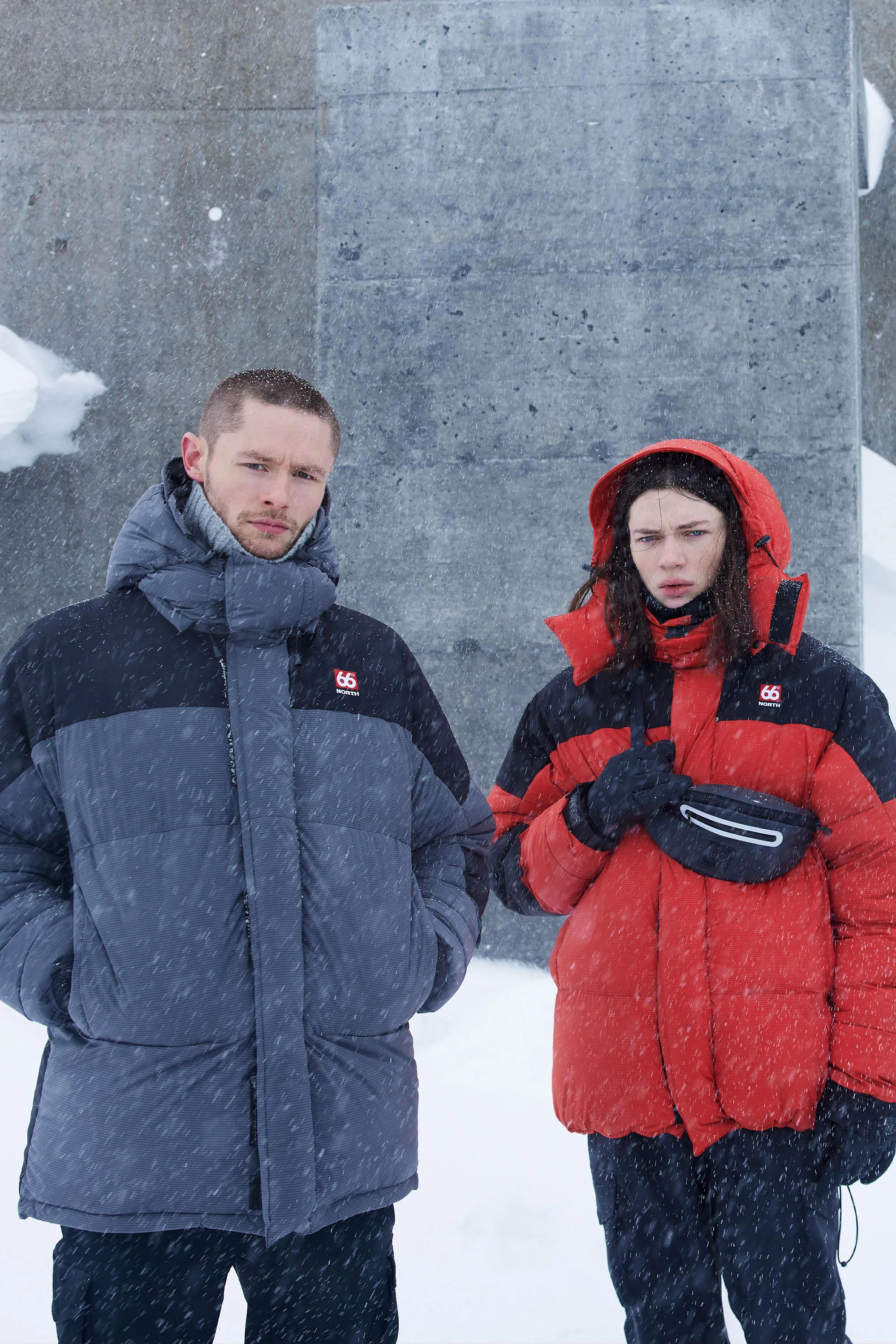
How should we dress for a climate crisis? Floods, droughts, storms and heatwaves are increasing thanks to climate change. Brands operating in unpredictable climates can offer some lessons in how to design for extreme weather, with sustainability front of mind.
Extreme weather events are becoming more common, more intense, and happening in places they usually wouldn’t affect — from unprecedented flooding in coastal Australia, to the deadly heatwave in South Asia earlier this year. According to the 2021 State of the Global Climate report from the UN’s World Meteorological Organization (WMO), 2015 to 2021 were the warmest seven years on record. The town of Lytton in British Columbia reached highs of 49.6 °C on 29 June 2021, breaking the previous Canadian national record by 4.6 °C. Wildfires broke out the next day. In contrast Oklahoma City reached −25.6 °C and Dallas −18.9 °C, their lowest temperatures since 1899 and 1949 respectively on 16 February this year. The WMO predicts that 2022 will bring above-average rainfall in South-East Asia and Australasia, and an extreme Atlantic hurricane season. And, the UN’s Intergovernmental Panel on Climate Change (IPCC) says human activity is responsible.
This presents two — often opposing — challenges for performance wear brands. They need to design for the unpredictable, more extreme climate events of tomorrow, without increasing their own environmental impact by relying on synthetic materials and harsh chemicals. There is also an existential question: what is the purpose of this clothing? Designing for extreme weather means prioritising function over form, but consumer behaviour suggests that both are necessary. The “gorpcore” trend is driving sales of performance clothing (named after the hiker trail mix “good ol’ raisins and peanuts”, referring to outdoor clothing worn purely for the aesthetic). This is even the case in more stable or mild climates, with brands focusing on finding sustainable fabrics and finishes, unlocking durability and circularity, and creating multi-functional garments that can be worn every day, but also adapt to extreme weather should it arise.
Material difference
As heavy rain and flooding becomes more common, finding high-performing sustainable alternatives to traditional waterproofing is a priority. Many brands are phasing out the perfluorinated chemicals (PFAS) used for stain-proof and water-resistant finishes. Also known as “forever chemicals”, PFAS are prominent in performance garments, but have raised criticism for their damage to the environment and suspected harm to human health. Scientists increasingly condemn their use across food packaging, furniture, fashion and beauty.
➔ Read the full article on Vogue Business
